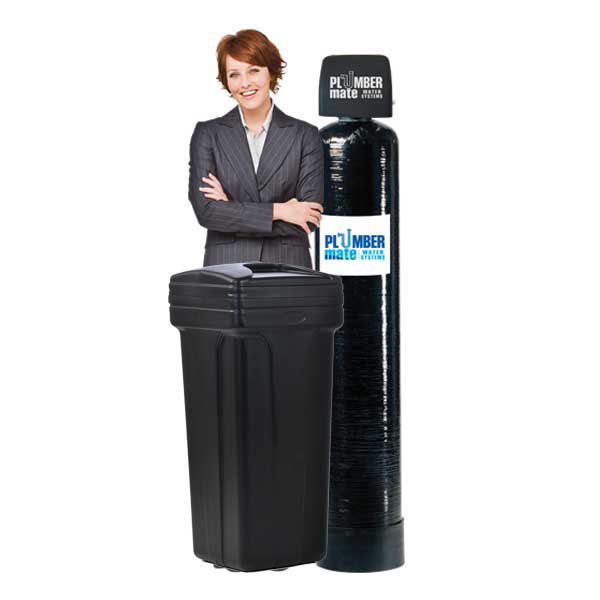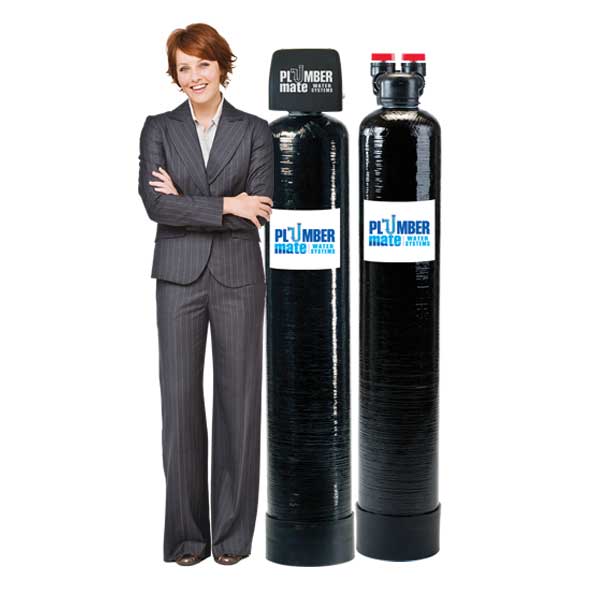Protect Your Laundry

Protecting Your Laundry & Plumbing
You might be struggling with lots of problems when it comes to your laundry. Most problem that you encounter with your laundry, appliances, and its plumbing as to do with the water. Yes! The water that flows through these things as a lot to do with the problems you are having. Most places have really bad water. Depending on where you are living there are substances that can damage your laundry appliances, plumbing, and cloth. In the article, you will be able to see most of the really common substances that are found in your water and how to get rid of them.
You now Know That Water Quality Affects Your Laundry
Laundry appliances like every other household appliance are prone to several damages provided they are regularly in use. Quite surprisingly, even the quality of water flowing through these appliances in most cases can also contribute to their damages over a long period. So, it is important to consciously maintain and protect laundry appliances and plumbing, even the water flowing through them, in order to keep them in good working conditions. And we will be covering how to protect your washing machine from some common issues.
Frequent Repairs
To avoid frequent repairs of the washing machine; first, ensure that a proper installation job is done on all the appliance initially. Most issues can be resolved by simply doing it your self. It is also essential to follow precise operational and equipment instructions stipulated by the manufacturer. If the type of water flowing your home is hard water, then you should get a water treatment service for your home. Hard water damages the internal part of the washing machine and also clog its lines over time.
Distorted Color
To avoid having distorted coloring of your cloth, it is essential to use the right color setting on the machine. Hard water can also contribute to a distorted color. The composition which makes water hard (calcium, magnesium) interferes with some soaps and detergent, which in turn creates color distortion.
Smell
To protect your washing machine against the smell, take the following steps:
- Unclog and clean the filter according to the manufacturer’s instruction manual as it might not be draining properly.
- Clean out the detergent drawer thoroughly with hot water and a damp cloth.
- Also, clean the rubber seals, which accumulates dirt, mildew, and detergent residue over time.
- Lastly, run an empty cycle on the hottest setting or a cold cycle with chlorine bleach.
Scum Build up
There are several methods to remove scum from the washing machine effective. You should use a cup of citric acid or optionally mix it with a half cup of baking soda and choose a long wash cycle. Make sure the temperature is set to 90 degrees or 194 Fahrenheit. You can also contact the plumbing cleaning professionals to get the job done.
Mold Build up
Typically, a front-loader washing machine design makes it susceptible to mold contamination. Below is how to prevent mold in your washing machine.
The gasket has deep creases that withhold moisture and foster mold build-up. So to get rid of this; make a mixture of warm water and laundry bleach in an equal ratio, soak a clean rag in the mixture, then clean the door gasket thoroughly. Also, pull open the seal creases and deeply wipe it to remove mold. If the fungal growth is much, then you should stuff in rags to soak the mixture in the seal crease and directly on the mold for about 30 minutes. A proactive way to prevent washing machine damage caused by the fungus, wipe the door seal dry with a clean rag after every wash cycle.
Protecting Clothes
Dinginess: To protect your clothes from fading, as well as prevent dinginess in clothes:
- Always separate dark-colored clothes from lights and pastels. The reason for this is so that if any dye should release during wash, it will not discolor the other clothing. Also, always separate delicate fabrics from heavy fabrics.
- Turning clothes inside out and zipping up zippers help reduce friction that might lead to color loss.
- Using warm water opens up cloth fiber, but cold water keeps it closed. It is better to wash colored fabrics in cold water and white materials in warm water.
Adding a cup of vinegar to rinse cycle or half a cup of salt to the wash cycle will aid color retention.
Yellowing
This problem affects mostly white cloths. So, how do you prevent yellowing in white fabrics?
- Wash the white clothes as often as possible; after one or two wears to attack stains as soon as noticed.
- Never wash white cloths together with fabrics of different colors.
- Apply a good laundry detergent containing bleach or add a gentle bleach to your wash cycle for white.
Be meticulous when measuring your bleach or cleaner because both overuse and underuse can also cause yellowing.
Soil build-up
Tackling body soil build-up in cloths requires using adequate and sufficient detergent for wash cycles. Increasing the wash temperature always helps to combat soil on clothes. Using detergent products with enzymes also tackle yellowing soils on clothes.
Stiff and touch fabric
This problem is usually associated with hard water because some powder detergent leaves a residue when they combine with the minerals in harden water. To prevent stiff material, getting a water treatment service is a lasting solution. However, other measures include using liquid detergent with hard water. For cloth already suffering from this issue, add a cup of white vinegar to a gallon of warm water in a plastic container then soak and rinse.
Weakening of fibers
Sometimes, it is difficult to tell which cloth fabric will get weak quickly. Here are some tips on how to prevent the weakening of fibers. For materials with a high tendency of getting thin, it is advisable to use the washer the gentle cycle when washing. Another way to avoid this issue is to turn the clothes inside out before washing so that excessive abrasion will not ruin the surface.
White or gray streaks
The sight of white or gray streaks is quite annoying after washing your clothes and expecting it clean. To prevent white streaks from sabotaging your wash, never overload your washing machine. Streaking is commonly caused by improperly dissolved washing powder, and it is challenging for an overloaded wash machine to dissolve wash powder detergent properly.
Bad Odor
A bad smell on clothes can keep you and those around you very uncomfortable. Here are some ways on how to prevent bad odor from cloth and how to remove bad odor.
- Ensure your washing machine is regularly clean and in good working condition.
- Ensure the water flowing in your home is not contaminated, as it can also cause your clothes to have an unpleasant odor.
For clothes that you have noticed any unpleasant odor, here is how to remove bad smell from your cloth.
- Add a cup of baking soda to your detergent when washing. Baking soda is a deodorizer, so it helps expel bad smell when washing. For powder detergent, add baking soda together with it. For liquid soap, add baking soda after filling the washbasin with water.
- Another effective method of removing bad odor from clothes is by applying oxygenated bleach to your wash cycle. Adding a cup of white vinegar to rinse cycle also help eliminate odor.






